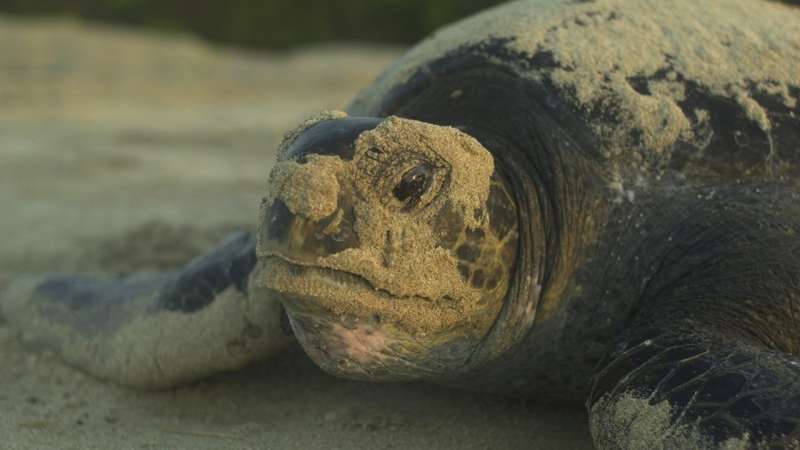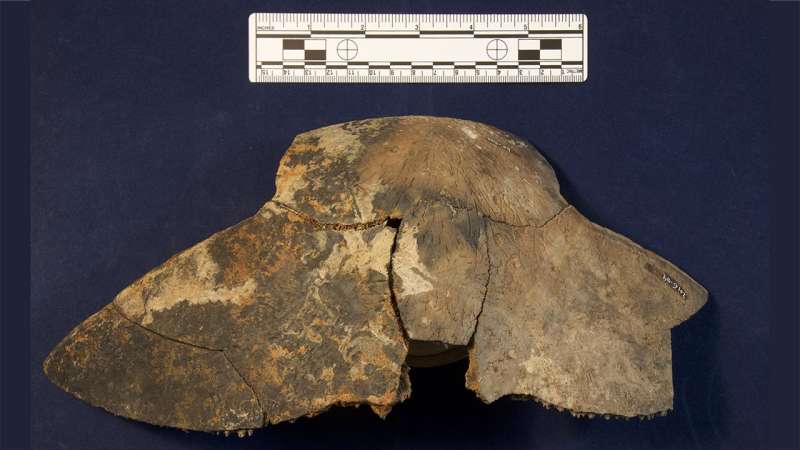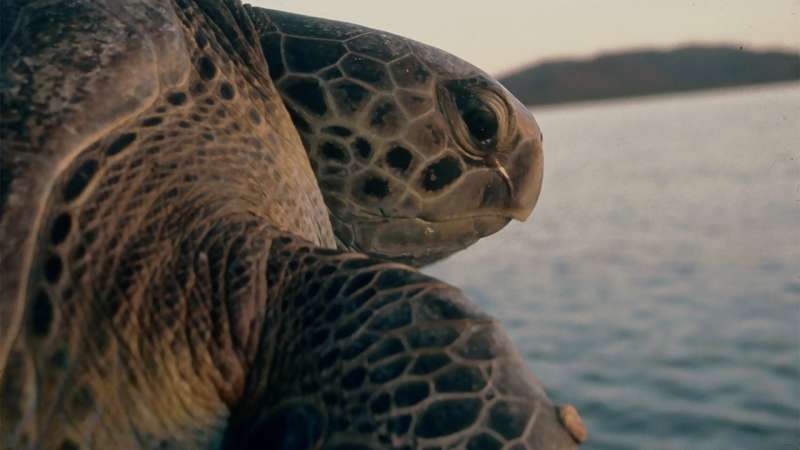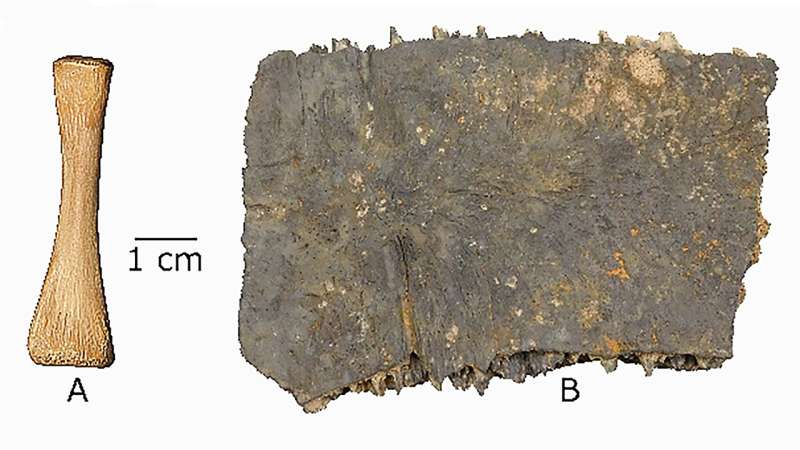The taste for turtle and the disappearing delicacy

It was the 1850s and people were hungry. They were moving by the thousands to northern California to strike it rich during the Gold Rush, but their appetite wasn't just for precious metal, it was for basic food—there wasn't enough of it to satiate bellies in the booming cities and towns.
The answer to this problem arrived by boat, and now researchers are wondering if the trip was the ultimate trap for sea turtle populations.
In a recently published article, Cyler Conrad, a researcher and adjunct faculty member in The University of New Mexico's Department of Anthropology and Laura Pagès Barceló with UNM's Department of Biology—along with researchers from University of Oklahoma, Sonoma State University, University of Kansas and the National Oceanic and Atmospheric Administration—looked at historical and archaeological evidence that traces the importation of sea turtles from the Baja California area to northern California.
"We know from historic records that the Gold Rush populous was so hungry and in need of food that they imported enormous numbers of sea turtles into northern California from northwestern Mexico and the greater Eastern Pacific Ocean," said Conrad. "The transport of sea turtles to be used as food is also visible in the archaeological record from sites in downtown San Francisco."

Turtle soup, once a delicacy, is now hard to come by and for a good reason. The green sea turtle is listed as an endangered species. As the sea swimmer dwindles in numbers, Conrad and his colleagues approached the question of why slightly differently.
"We know that anthropogenic over-exploitation played a major role in the decline of sea turtles, so we were interested in examining whether dietary and ecological habitat change also impacted these sea turtle populations since the 1850s," noted Conrad.
Using ancient DNA analysis, the researchers were able to identify the species of the sea turtle specimens that dated back to the mid-19th century. Brian M. Kemp and his student Marie Labonte at the University of Oklahoma analyzed the ancient DNA.

According to Labonte, "Typically, working with ancient specimens is really challenging. In this case, we were lucky that the DNA in these specimens were very well preserved."
The researchers analyzed carbon, nitrogen, and hydrogen stable isotopes of bone collagen and carbon and oxygen stable isotopes of bone apatite to test if eastern Pacific sea turtle diets have changed over the past 160 years—this provided data to test whether environmental changes affected food resources for sea turtles.
The bone testing showed there wasn't a significant difference in what modern sea turtles eat verses their distant relatives from the Baja. In this study, the research shows there was little difference in "the Pacific Ocean environmental and foraging dynamics since the 1850s," but Conrad and colleagues note that sample size limits more definitive conclusions.

The research concluded, "On one hand, isotope results may support evidence suggesting that major declines in sea turtle populations derive from anthropogenic over-exploitation, egg collection, by-catch and not habitat change, but on the other hand, these results may simply indicate that our 19th century samples fall within the range of modern sea turtle isotopic variation due to other unknown reasons."
As more work is done to help identify specific reasons behind the historic sea turtle population decline, it can likewise be noted that human appetite for the creature certainly played a role in the struggle of their survival.
Provided by University of New Mexico




















